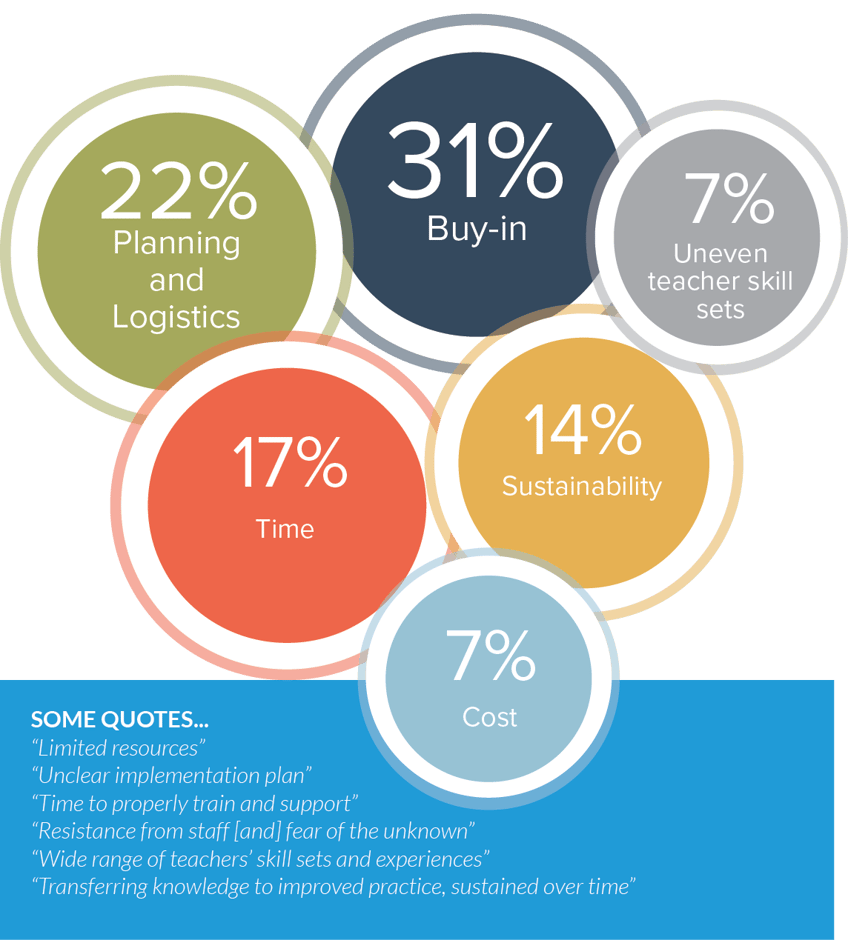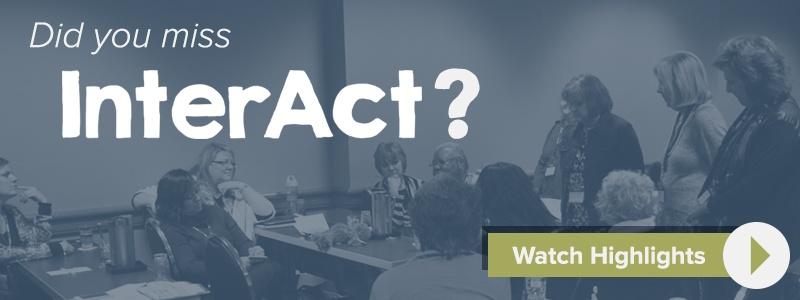
What do you do when faced with a task that just seems daunting and overwhelming? What helps you feel ready to take on new challenges? Do you ask for help from others who have been there, done that? Seek advice from an expert? Well, when it comes to professional development, Teachstone is here to help. We have years of experience researching and finding solutions to the challenging task of providing teachers with meaningful and effective professional development.
At our recent 2016 InterAct CLASS Summit, we asked a group of educators to share their biggest difficulties in implementing professional development within their organizations. Despite the group’s diverse backgrounds, they reported similar challenges:

We agree that these are really challenging issues and we’ve been thinking a lot about ways to address them. We have many ideas to share with you, so many in fact, that we’re turning this blog into a four-part series discussing strategies such as strengths-based and practice-based coaching, individualized and data-driven PD, and online solutions. Our next post will discuss ways to overcome the #1 challenge: Teacher Buy-In, and offer suggestions on how to introduce effective interactions and the CLASS tool to teachers.
Mamie Morrow and Sarah Hadden are both professional development experts at Teachstone. Check back next month for the next installment of their blog series on the top challenges of implementing PD.

